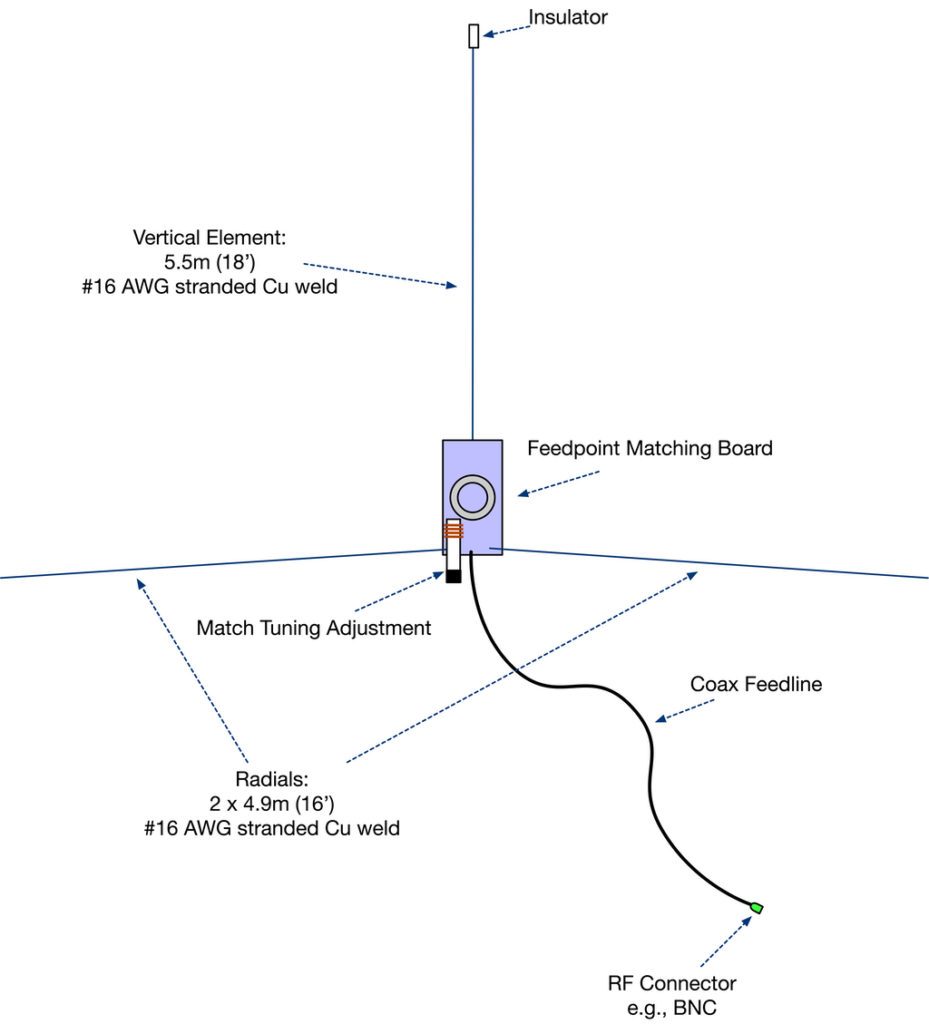

The figure shows half-power points on the major lobe and HPBW.

This can be well understood with the help of the following diagram. When a line is drawn between radiation pattern’s origin and the half power points on the major lobe, on both the sides, the angle between those two vectors is termed as HPBW, half power beam width. Half power beam width is the angle in which relative power is more than 50% of the peak power, in the effective radiated field of the antenna. In other words, Beam width is the area where most of the power is radiated, which is the peak power. Half-Power Beam WidthĪccording to the standard definition, “The angular separation, in which the magnitude of the radiation pattern decreases by 50% (or -3dB) from the peak of the main beam, is the Half Power Beam Width.” The two main considerations of this beam width are Half Power Beam Width (HPBW) and First Null Beam Width (FNBW). In the radiation pattern of an antenna, the main lobe is the main beam of the antenna where maximum and constant energy radiated by the antenna flows.īeam width is the aperture angle from where most of the power is radiated. In this chapter, we shall discuss about another important factor in the radiation pattern of an antenna, known as beam width.


 0 kommentar(er)
0 kommentar(er)
